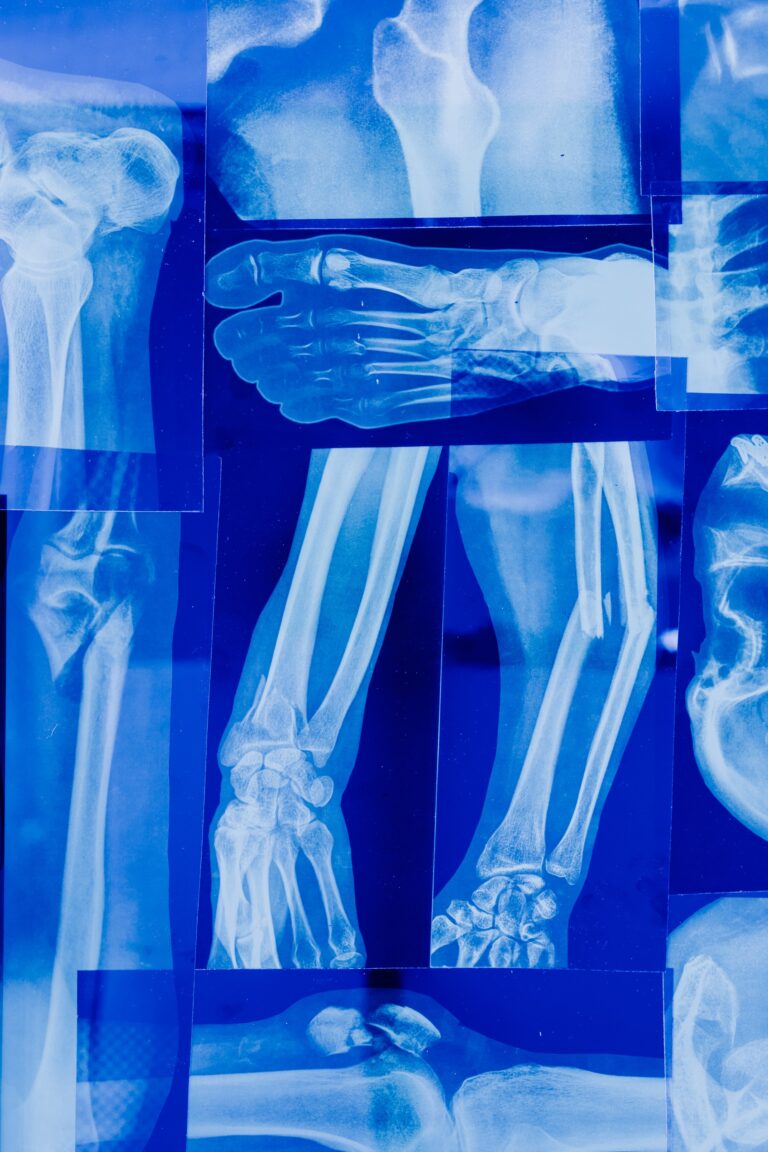Several factors affect quality of life for patients following MPFL surgery for patellar instability
Patellar instability describes a painful condition where the patella (kneecap) continually dislocates from its original position. Instability can be caused by injury i.e. a direct impact, or variations in the patient’s anatomy.
More than half of the people that experience a kneecap dislocation, will go on to experience multiple dislocations; also known as recurring patellar instability.
– – Learn more about Patellar Instability – –
Treating this condition is challenging due to the many causes and number of treatment choices; with the goal of treatment being to stabilize the kneecap and prevent further instability and dislocation.
Medial patellofemoral ligament (MPFL) reconstructive surgery is one treatment that is commonly used, particularly in children and adolescents that are at high risk of recurring instability.
While several studies have identified specific anatomical and demographic risk factors associated with recurring instability, whether these factors affect outcomes after treatment, remains unclear.
Since the goal of treatment is to prevent further instability, understanding which factors affect treatment outcomes is essential in determining how to optimize that particular treatment option.

A BSMF research study led by Dr. Laurie Hiemstra and in collaboration with Mount Royal University researcher, Dr. Mark Lafave, aimed to identify anatomical and demographic factors that influence the quality of life of patients following MPFL reconstructive surgery.
In 224 patients that had MPFL reconstructive surgery to treat their recurring patellar instability, the researchers collected demographic data, such as age and gender, measured known anatomical risk factors, as well as the accuracy of the surgical technique used.

Using a powerful statistical analysis called a multivariable regression, they compared these multiple factors, alone and in combination, to a patients BPII score. The BPII is a questionnaire completed by the patient that assesses various aspects of patellar instability linked to quality of life. A higher score reflects a higher quality of life
The results showed that of the 14 factors analysed, bilateral symptoms (patellar instability in both knees), being older when the first dislocation occurred, and accuracy of the surgical technique, all predicted patients having a lower BPII score, and hence lower quality of life, following MPFL reconstructive surgery.
“Overall, the authors demonstrate that isolated MPFL-R is a successful surgery that improves quality of life. Awareness of high-risk groups (bilateral, older age) and meticulous surgical technique can optimize outcome.”
– Dr Seth L. Sherman, Healio




